Last Updated on June 11, 2024
Fans were hyped when it was announced that Kim Henkel, co-writer of the original Texas Chainsaw Massacre, was taking the helm of the fourth film of the franchise and promising to deliver something along the lines of the first movie – a scary, down and dirty independent film shot in Texas. So when Henkel’s Texas Chainsaw Massacre: The Next Generation (watch it HERE) was finally released years after production had wrapped and the audience that had been waiting so long for it saw that the movie was packed with ridiculous, over-the-top characters and hints that the backwoods family at the heart of the series were actually working for the Illuminati, it made many of us ask: “What the F*ck Happened to This Horror Movie?”
You won’t see the name Robert Kuhn anywhere on Tobe Hooper’s 1974 classic The Texas Chainsaw Massacre, but the Austin-based lawyer was instrumental in getting the movie made. He was one of the film’s investors and the filmmakers’ legal advisor, helping them form their production company and the investor corporation. As the franchise moved forward, he retained a financial interest in it, and when one of the other rights holders passed away, he bought that person’s Chainsaw interest. So when he approached Hooper’s Chainsaw co-writer Kim Henkel about getting a new sequel into production, they already had, by Kuhn’s estimation, around 80 to 90% of the franchise rights secured between them, since Henkel was president of the corporation that owned half of the rights. Although New Line Cinema had put in their best effort to turn Chainsaw into a major Hollywood money-maker with 1990’s Leatherface: Texas Chainsaw Massacre III, the film had been a box office failure, so New Line abandoned their plans to make multiple Chainsaw movies. Kuhn wanted to make sure the series wouldn’t go dormant, and he was tired of letting companies like Cannon and New Line make sequels, since he hadn’t been happy with the results.
For his part, Henkel didn’t seem particularly pleased with any of the Chainsaw movies to date. He wasn’t quite sure what fans and critics saw in the original movie, as it was nothing but a “crude backyard movie that a bunch of kids slapped together” as far as he was concerned; he could only see the flaws when he watched it. He felt that Hooper’s vision had been compromised on The Texas Chainsaw Massacre 2, and part 3, well, he and Kuhn agreed that one was a disappointment. Still, he wasn’t enthusiastic about making one of these movies himself, either. It took years for Kuhn to convince him to write the screenplay for a fourth film, and more pushing was required to get him to agree to make his feature directorial debut with the movie. Decades later, Chainsaw 4 remains Henkel’s only directing credit, as it’s not a career he was interested in pursuing.
The title on the script Henkel wrote was The Return of the Texas Chainsaw Massacre. He didn’t want a number in the title to mark this as just another sequel, he didn’t care to address the events of parts 2 and 3. His objective here was to revitalize the franchise with the “real” sequel, following the structure of the original film and featuring some similar characters. For example, one of Leatherface’s family members in Henkel’s film is W.E., who is essentially The Cook from the original film and Part 2 all over again. In fact, he might be the same person, since he runs a gas station, just like The Cook did, and even though Part 2 said The Cook’s name was Drayton Sawyer, the sign on his gas station in the first movie implies that his name was W.E. Slaughter. It has been said that actor Jim Siedow was offered the chance to reprise the role of The Cook, but turned it down. Instead of Siedow, the role went to Joe Stevens. W.E.’s dialogue consists largely of historical and literary quotes, a character element that was inspired by a strange argument Henkel witnessed between The Texas Chainsaw Massacre assistant cameraman Lou Perryman – who also played L.G. in The Texas Chainsaw Massacre 2 – and Perryman’s father, who kept dropping quotes into the middle of their fight.
Gunnar Hansen, the original Leatherface, was approached to return as well, but he was asking for $3500 a week – which was substantially less than he would usually ask for at that time – and the rights to make a behind-the-scenes documentary. The low budget production refused to offer him any more than $600 a week, so Hansen chose not to play Leatherface. Henkel then went searching for someone who was more of an “androgynous type”, since he intended to play up the fact that Leatherface portrays different genders, depending on which human skin mask is being worn at any given moment. The search ended when he found Robert Jacks, who was also a musician and contributed some music to the film, a song he wrote and performed with Blondie’s Debbie Harry.
Henkel wasn’t able to get Siedow or Hansen on board, but he did get the original film’s cast members John Dugan, Paul A. Partain, and Marilyn Burns to make quick cameos.
Chainsaw 4 was filmed just outside of Austin, Texas, and nearly every cast member was an Austin local. Just one actor had to travel to set from Houston, a few hours away. Most of the cast were unknowns, and still are to this day, even though you might have seen the likes of Joe Stevens, Tonie Perensky, John Harrison, Lisa Marie Newmyer, and Tyler Cone elsewhere. But there are a couple standouts who would quickly become big time Hollywood stars, Matthew McConaughey and Renee Zellweger. By the time Henkel met them, they had both been in the Richard Linklater classic Dazed and Confused; McConaughey had a prominent and memorable role, while looking for Zellweger in the movie is like playing “Where’s Waldo?” McConaughey was originally talking to Henkel about having a small role in Chainsaw, playing a handsome biker character who was to have a scene early on and then reappear at the end to ride off into the sunset with the heroine. That’s a role that ended up being cut entirely, so when we do see a motorcycle in the finished film it’s just a random passerby. McConaughey thought he wouldn’t have time to play a larger part because he was planning to move out to Hollywood soon, but on second thought he decided to stay in Texas a while longer to play the most insane character in the film, tow truck driver Vilmer. As troubled as this movie turned out to be, McConaughey’s Vilmer is one of its highlights. He really put his all into making sure the character came off as being as dangerous and unhinged as possible, and the result is a performance that even gets praise from viewers who hate everything else about the movie. While speaking with Fangoria magazine, Henkel had put down the villains from the original Chainsaw as “outlandish and buffoonish”, saying the villains in this movie would be “more credible and thus more frightening”. That’s not the case, but McConaughey certainly tried.
Zellweger was cast as the heroine Jenny, a mousy girl with a bad home life who gradually finds her inner strength as the film goes along. Jenny and her peers, who become victims, cross paths with Leatherface and his family on prom night, because Henkel figured you can’t get more American than teenagers on prom night. And it’s these teen characters who gave viewers their first hint that this film was not going to live up to the quality of the original. The dialogue these kids spew at each other is purposely absurd. Henkel told Fangoria that he had written well drawn characters we would feel empathy for, but he has since admitted that he wrote these characters to be cartoonish representatives of American teens, knowing that few teens are like this in reality. Viewers who weren’t warned about that in advance found this to be quite jarring.
That cartoonish style isn’t exclusive to the teens, it runs throughout the whole movie. You can see this in the fact that Vilmer has a remote controlled, mechanical leg brace, or that his girlfriend Darla, played by Tonie Perensky, goes on about her breast implants, feeds the family – who were previously known to be cannibals – with a vegetarian pizza, and claims she has a bomb in her head. The original script went even further; when the teens arrive at the home of Leatherface and family, they were meant to find a local band jamming in one of the rooms. The band would be shown casually leaving the home later, thanking the family for letting them practice there. If that had been in the movie, it would have been just as confounding – if not more – than the late arrival of a character named Rothman, played by James Gale. The actor who had to commute from Houston.
Noting that horror films are often very small, with bad things happening to a small group of people in one place, like in the first Chainsaw, Henkel wanted to widen the scope with his film. He wanted to tell the audience that they couldn’t be comfortable with the idea that this is just a minor, isolated incident, because there’s something “far larger” going on here. So we have Rothman, a well-dressed man with strange symbols carved into his stomach, a person who gets around in a chauffeured limousine and seems to be a representative of the Illuminati. Henkel presents the idea that Leatherface and his cohorts are unwillingly working for the Illuminati, being forced to show people the “meaning of horror” so they can achieve some kind of transcendental experience. The writer/director will not confirm whether or not he really intended the family to be connected to a worldwide organization or if Rothman has just managed to trick them into thinking they’re working for the Illuminati. He doesn’t like to talk about it, leaving it up to the individual viewer to interpret and come to their own conclusions. A lot of Chainsaw fans have come to the conclusion that this Illuminati stuff shouldn’t have been in a Chainsaw movie.
Henkel and Kuhn raised the budget to make the film themselves so they could retain creative control over the project. According to online trivia, this one had a budget of $600,000, and if that’s accurate, it means this cost ten times more than the original. Production took place over the course of seven weeks in the summer of 1994, and seems to have gone rather smoothly. The finished film was shopped around to distributors, with the U.S. distribution rights going to Columbia TriStar – but that wasn’t exactly the triumphant outcome the filmmakers were hoping for. By the time the company started planning the release, Matthew McConaughey had already been cast in the high profile John Grisham adaptation A Time to Kill, and soon after Renee Zellweger was cast to star in Jerry Maguire opposite Tom Cruise. Columbia TriStar decided to wait until after those films were released so they could take advantage of Chainsaw 4’s unexpected star power. Problem was, McConaughey had signed with Creative Artists Agency, and the filmmakers alleged that CAA pressured Columbia TriStar to bury the film because McConaughey’s representatives saw it as “an improper exploitation of his success”. Whatever the hold-up was, it led to multiple lawsuits.
Even though Henkel and Kuhn held the majority of the Chainsaw rights, they still had to option the right to make a sequel, just like Cannon and New Line had done, because it was up to a trustee, attorney Charles O. Grigson, to make the final decisions for the franchise. When the film hadn’t been released by mid-1997, Grigson sued TriStar and the production companies Henkel and Kuhn formed for breach of the distribution agreement. Grigson dropped the case when TriStar sought to enforce the arbitration clause in their contract, then he teamed up with Henkel and Kuhn to sue McConaughey and Creative Artists. This was quite a mess, and the legal issues weren’t resolved until the year 2000 – by which time the film had already been given a very limited theatrical release, followed by a home video release. Along the way, the distributor had decided that Henkel’s director’s cut needed some extra editing done to it.
The film that reached theatres and home video under the title Texas Chainsaw Massacre: The Next Generation didn’t quite match the vision Henkel had for The Return of the Texas Chainsaw Massacre. The writer/director was not consulted as someone else cut six minutes out of the movie, with some of these cuts seeming to be totally random. The biggest loss is an early scene with Jenny, where we see that she has a creepy, threatening stepfather. Henkel had put that scene in there to start off Jenny’s character arc, we were meant to see her become stronger over the course of the movie, as she starts standing up to the people who bully her. The experience with the homicidal, potentially Illuminati-employed family helps her grow as a person. With the removal of the stepfather scene, Jenny lost an important part of her story. Other cuts are just the loss of seconds here and there, but they take their toll. Chainsaw 4 isn’t the most well-made movie out there, but some of these arbitrary cuts make the filmmakers look incompetent, when it wasn’t actually their fault. Thankfully, Henkel’s director’s cut has also made its way out into the world, most recently on the Scream Factory Blu-ray.
The real happy ending here is that Zellweger and McConaughey – despite what his reps may or may not have tried to pull back in the day – have both acknowledged the film and said positive things about it since becoming A-listers. Zellweger’s character in the 2002 film White Oleander watches a clip from Chainsaw 4, and in a 2016 interview with Yahoo she said she was “so grateful and so excited” to get the Chainsaw job. She made lasting friendships with both McConaughey and Jacks during the production. Sadly, Jacks passed away in 2001. McConaughey may not know exactly which Chainsaw movie he was in, he called it “part 3” during an appearance on Jimmy Kimmel’s show, but in 2011 he told George Stroumboulopolous it was “a lot of fun” to make.
Kim Henkel didn’t feel compelled to make his own Texas Chainsaw Massacre, he was pushed into the gig. He had some interesting ideas, he had some bad ideas, and none of them feel fully realized in the final film – but The Next Generation does have its own quirky charms, and McConaughey alone is enough to make it worth watching at least once.
Some previous episodes of the series can be seen below, and more can be found on our JoBlo Horror Videos YouTube channel!



















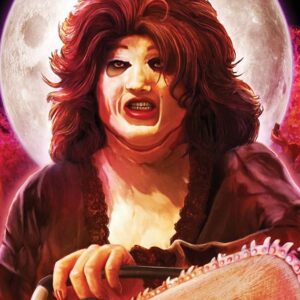
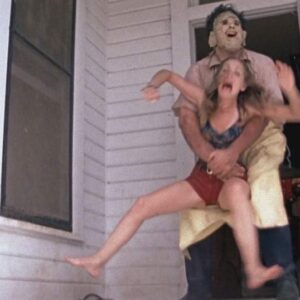
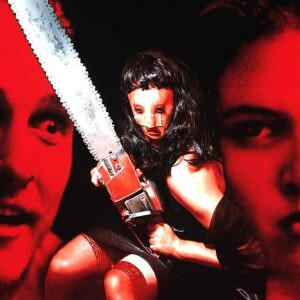
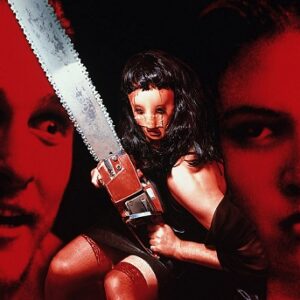
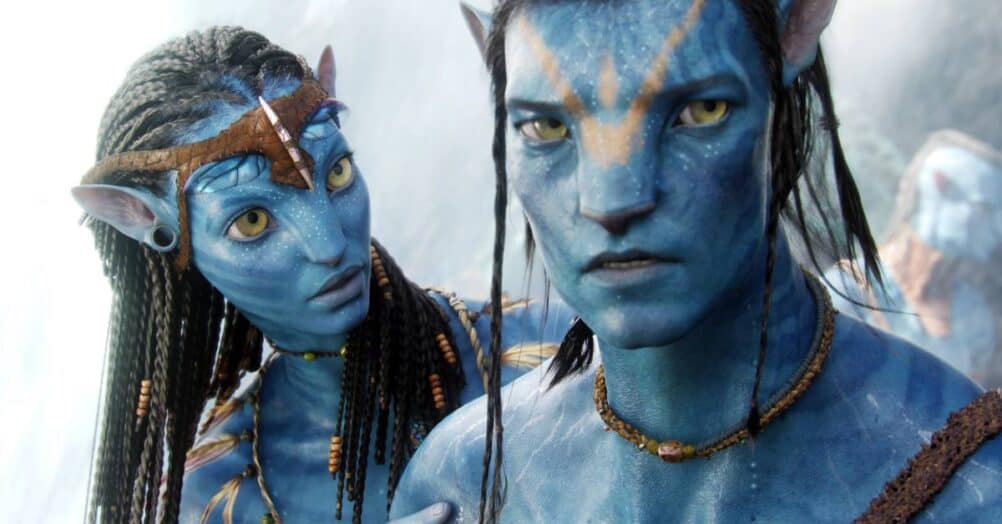
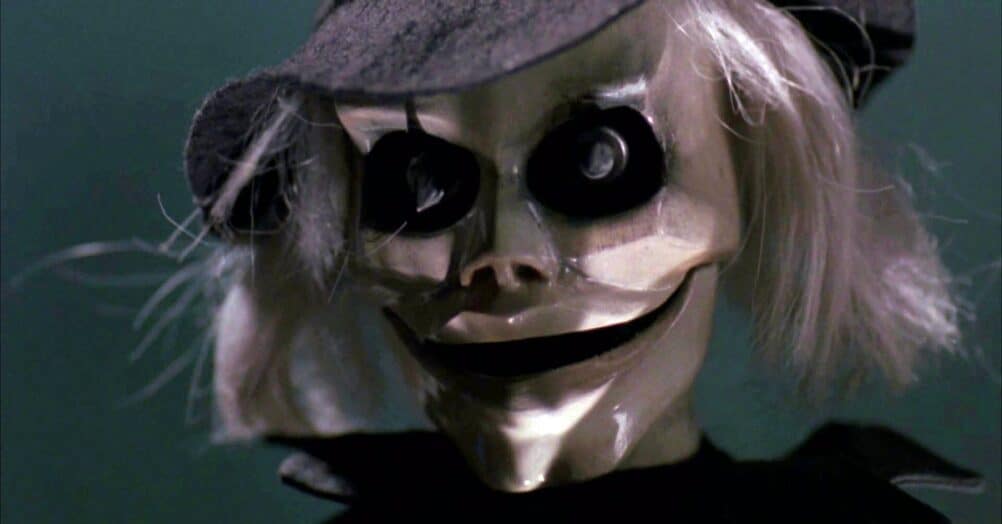

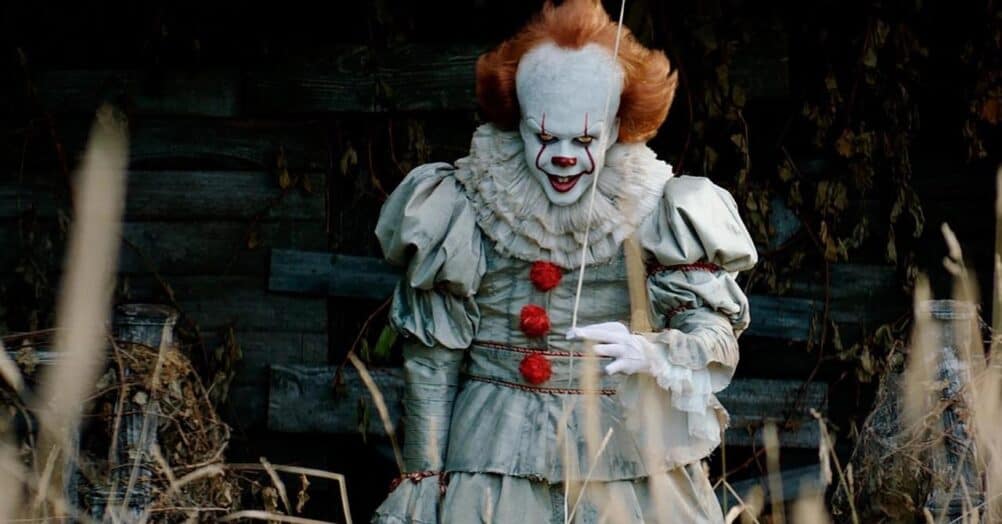

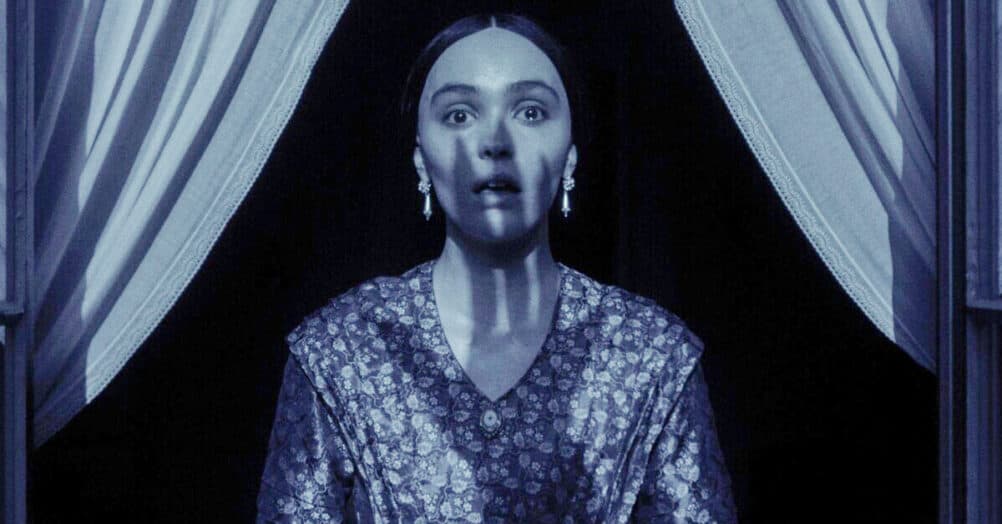





Follow the JOBLO MOVIE NETWORK
Follow us on YOUTUBE
Follow ARROW IN THE HEAD
Follow AITH on YOUTUBE